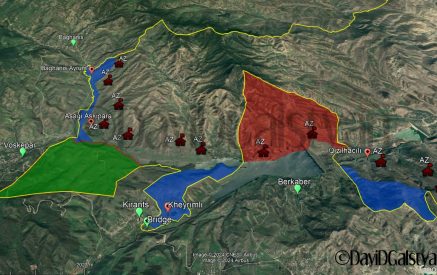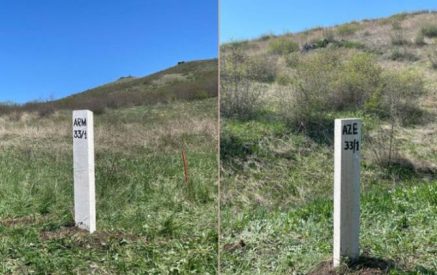Aravot Daily spoke to the former head of the Water Committee and Ph.D. in technical sciences, Inessa Gabayan.
- Gabayan, why do irrigation problems arise in the Ararat Plain and Shirak province in particular?
Irrigated agriculture is mostly developed in Ararat and Shirak fields. Therefore, the problems of irrigation water are more acute in those areas. Among the irrigation water sources for the Ararat Plain are Lake Sevan and the Akhuryan and Araks rivers. It is no secret that the irrigation infrastructure- dams, main and second-class canals, as well as third and fourth-class irrigation networks- are technically and morally outdated. The system has an average of 40-45%, and in some places, 65-70% water losses. More than 70% of the annual subsidies and subsidies provided by the Government of the Republic of Armenia are paid for the electricity used in the system, and the rest, as well as the symbolic rent for irrigation water, are not enough to cover the annual maintenance costs, let alone the serious investments required.
Read also
The Akhuryan reservoir built along the Armenian-Turkish border is used equally by both countries. The Akhuryan River is fed by tributaries from Armenia and Turkey. For over ten years, Turkey has been constructing dams on the Akhuryan’s Karsachay tributary and the Araks River, which reduces our share. Over half of the water resources on Armenian territory flow to neighboring countries without being used. Now and throughout every year of independence, it has been and remains an urgent, strategically important issue for the authorities of the Republic of Armenia to store their own water resources in the territory of Armenia and use them for the development of the country’s economy, be it the water supply, agriculture, industry, or any other sphere. In the Shirak province, in the 1940s and ‘50s, a 100 million cubic meter reservoir was built on the 5 million cubic meter Arpi Lake to accumulate water resources and irrigate the lands of the Shirak plain and Verin Akhuryan concave. The Talin and Armavir canals also receive additional water from the reservoir. Since the creation of Lake Arpi National Park in 2009 until today, the management and use plan of Arpi Reservoir has not been clarified; only a part of the useful volume of the reservoir is used. When the Arpi Reservoir was built to irrigate certain lands for agricultural development, no alternative was proposed before the creation of Lake Arpi National Park and, moreover, the operation of the reservoir is hindered by the irrigation regime. In addition, we must keep in mind that the subsidization of the Talin and Armavir canals from Lake Arpi is carried out through the Akhuryan Reservoir, i.e., half of the water is used by Turkey. The construction of the Kaps Reservoir in the Shirak region, where part of the stored water, bypassing Akhuryan Reservoir, would directly irrigate the lands of Talin and Baghramyan, reducing the amount of water intake of Akhuryan Reservoir for that area, could help solve this problem.
- There is a perspective that the majority of our water resources flow to Turkey, where the water is stored.
Since we are only able to control half of the surface water resources formed in Armenia, which are stored in reservoirs, naturally the other half flows outside the country. Not to mention the reckless use of strategic resources in the Ararat Plain’s groundwater basin, which has led to the depletion of one of our security guarantees, water supply, and the drying up of the Selav Mastara River. However, to be more precise, after leaving the Araks River, these waters are stored in the Nakhichevan reservoir and used by Iran and Azerbaijan. As for Turkey, as mentioned above, it stores the waters of the tributaries of the Araks River and the Akhuryan River.
- It is known that Turkey is carrying out reservoir construction works with great vigor, and plans to build a reservoir on the Araks River as well. What dangers will arise in this case?
In both the Araks and Akhuryan rivers, water is shared equally between the two countries, Armenia and Turkey. Naturally, by building reservoirs on its territory and preventing the flow of water into the river, Turkey is reducing the volume of water stored in the Akhuryan Reservoir and flowing into the Araks River. As a result, the irrigation scheme that was planned when reservoirs were not yet built in Turkey is disrupted. This is one of the problems of water scarcity in the irrigated areas under the control of Armavir and Talin canals, which has intensified in the last decade.
Nelly Babayan


























































